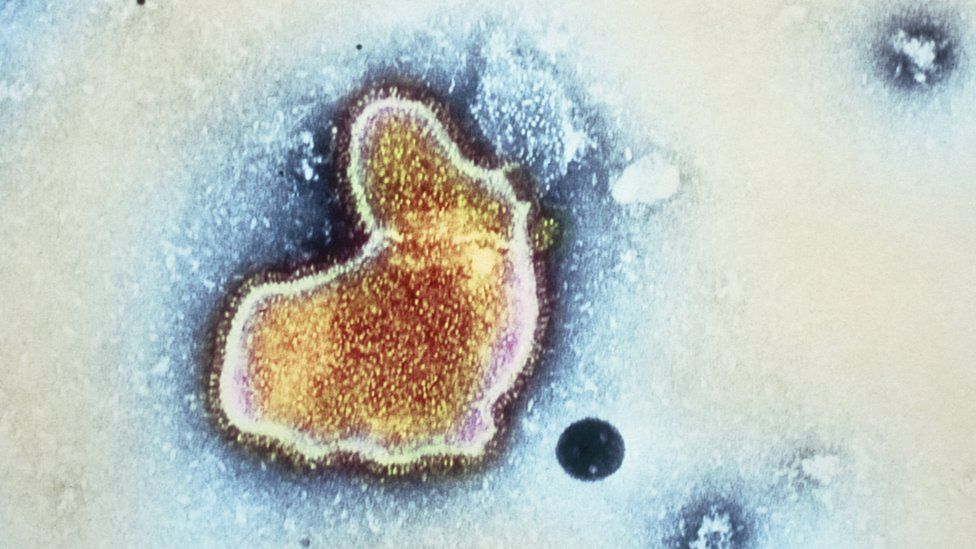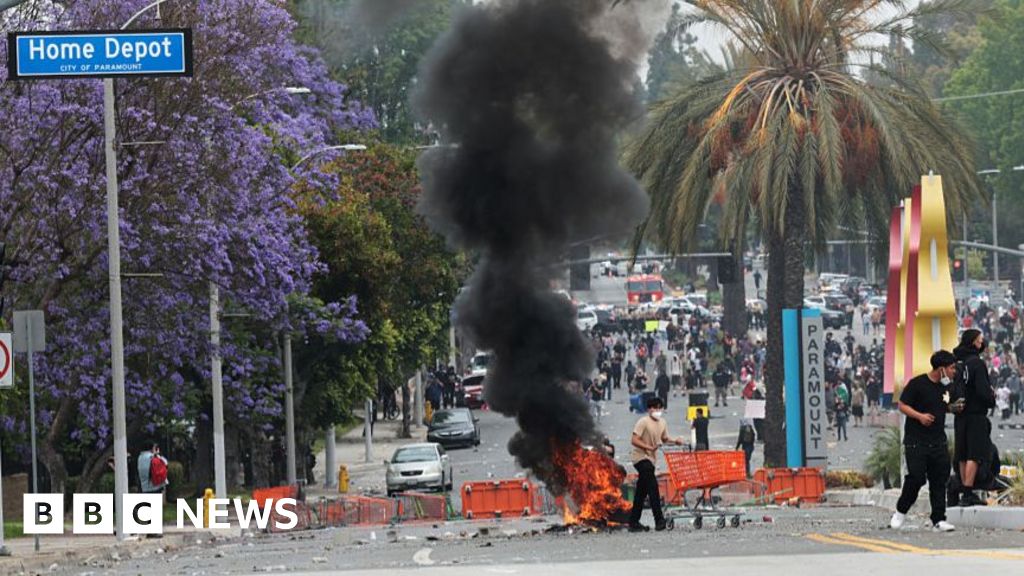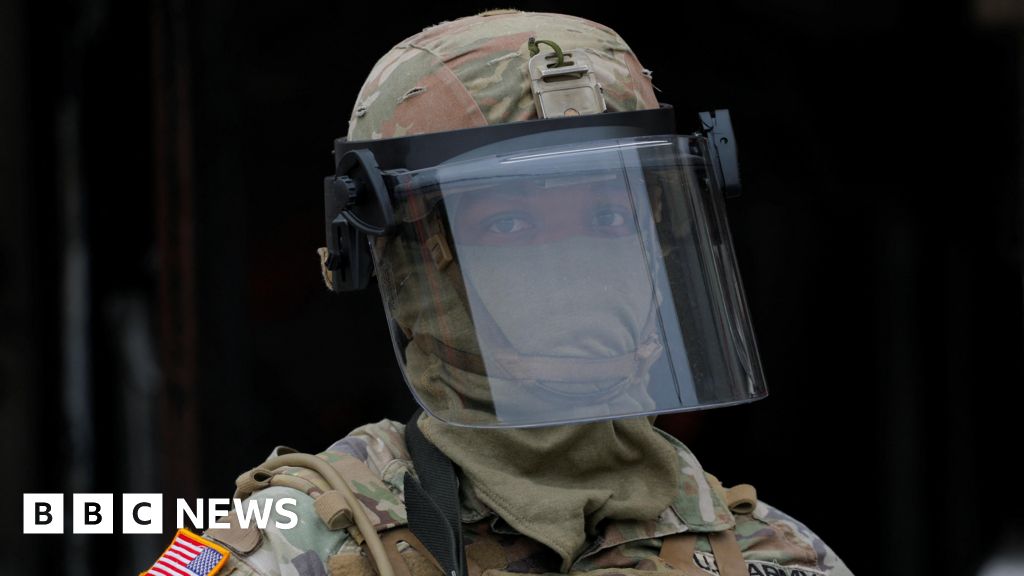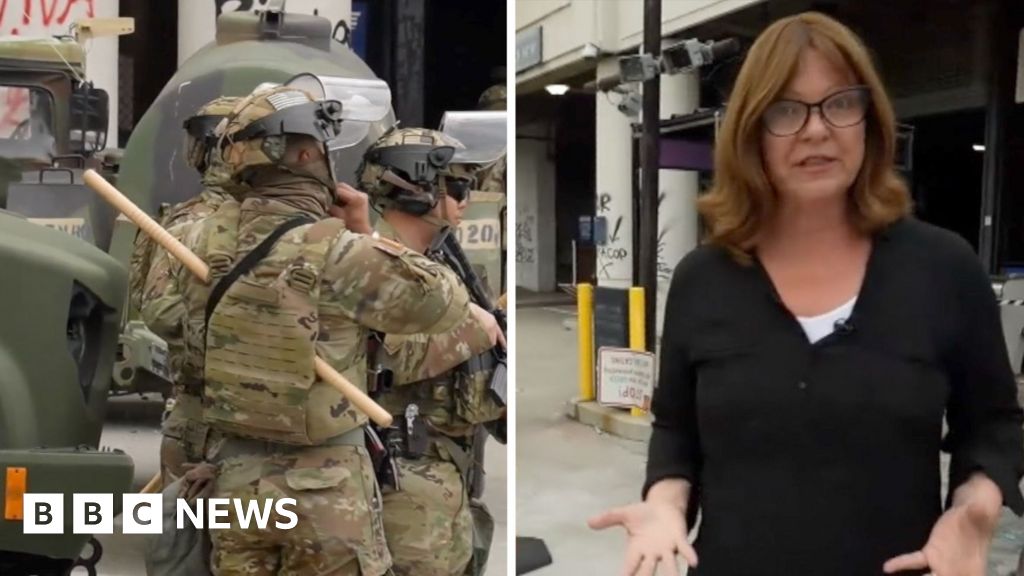ARTICLE AD BOX
 Image source, Getty Images
Image source, Getty Images
The US Food and Drug Administration has approved a vaccine against respiratory syncytial virus (RSV) - an illness that kills thousands of Americans each year.
The vaccine still needs approval from the US Centers for Disease Control and Prevention before it can be rolled out to the public.
Officials say the vaccine, named Arexvy by the manufacturer GSK, is a major breakthrough that will save many lives.
It could be available to people over 60 within months, officials say.
"Today's approval of the first RSV vaccine is an important public health achievement to prevent a disease which can be life-threatening," said Dr Peter Marks, who leads the Center for Biologics Evaluation and Research at the Food and Drug Administration (FDA).
RSV is a respiratory illness that typically results in cold-like symptoms for adults, but can be dangerous for young children, the elderly, and those with underlying health conditions.
On average, it kills 100-300 children under the age of 5 in the US every year, according to the CDC.
It also kills about 6,000 to 10,000 adults over 65 annually, and causes between 60,000 to 120,000 hospital admissions.
In severe cases it can cause bronchiolitis, which includes a build-up of inflammation in the lungs and trouble in breathing.
The drug was over 60 years in the making, and is the first to win approval to prevent RSV anywhere in the world.
A study by GSK, a UK-based firm, which was published in February found a vaccine efficacy of 82.6%.
Side effects were mostly "mild or moderate" and ended within two days. The most common are pain around the injection site or fatigue.
How to spot RSV in children
- RSV starts with a blocked or runny nose and can progress to a dry cough, fever and sometimes breathing problems
- For most children, it will be mild and can be treated at home with infant paracetamol or ibuprofen
- Call a doctor or seek medical advice if your child is not feeding normally, is breathing fast or has a high temperature that will not go down
- Call emergency services if your child is exhausted from trying to breathe - you may see the muscles under their ribs sucking in with each breath or they may be pale and sweaty

 2 years ago
40
2 years ago
40








 English (US) ·
English (US) ·